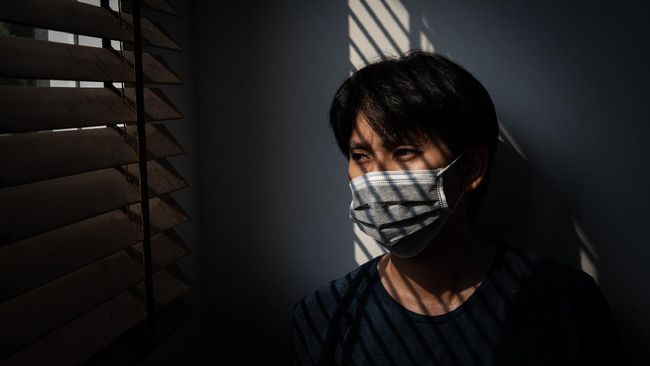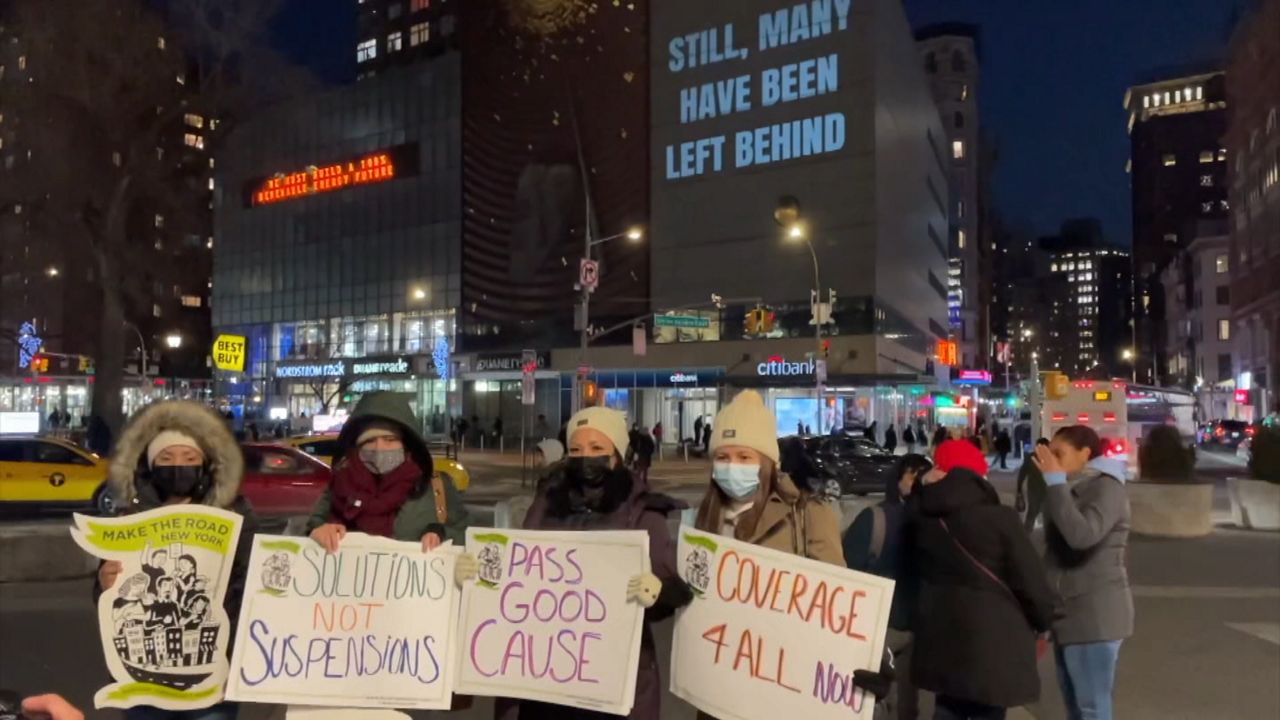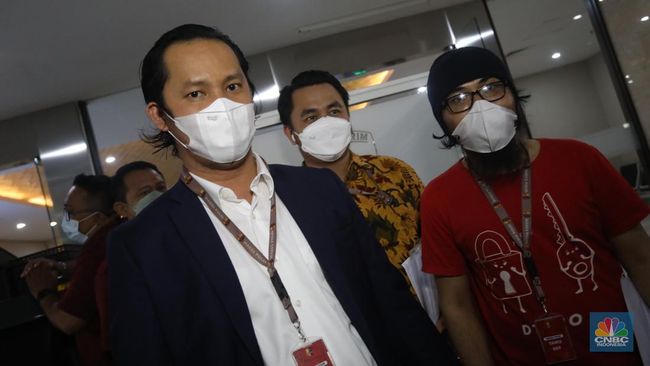Ministry of Health (Ministry of Health) has set a time self isolation for Covid-19 patients exposed to variants Omicron in Indonesia. The following are the criteria for an Omicron Covid-19 patient to be declared complete independent isolation (isoman) or recovered.
These provisions are stated in the Circular Letter of the Minister of Health of the Republic of Indonesia Number HK.02.01/MENKES/18/2022 concerning the Prevention and Control of the Omicron Variant of Covid-19 Cases signed by the Minister of Health Budi Gunadi Sadikin on January 17, 2022.
The following are the criteria for an Omicron Covid-19 patient to be declared complete independent isolation (isoman) or recovered.
Asymptomatic
– Isolation is carried out for a minimum of 10 (ten) days after being tested positive for Covid-19
Symptoms
– Isolation is carried out for 10 days from the onset of symptoms plus at least 3 days free of symptoms of fever and respiratory problems.
– Covid-19 patients who experience symptoms for 10 (ten) days or less must undergo isolation for 13 (thirteen) days.
– If there are still symptoms after the 10th (tenth) day, then the self-isolation will still be continued until the disappearance of the symptoms plus 3 (three) days.
Isolation can be completed more quickly if:
– Covid-19 patients who have experienced clinical improvement at the time of isoman/isoter can be tested for NAAT including PCR tests on the 5th and 6th days of isolation with an interval of 24 hours. If the result is negative or Ct>35 2 times in a row, it can be declared complete isolation/cured.
– If the NAAT examination cannot be carried out including the PCR test on the 5th and 6th day with an interval of 24 hours, the patient must be isolated according to the criteria for symptomatic and asymptomatic patients.
The regulation also states that currently, Omicron patients and other Covid-19 patients are allowed to undergo independent isolation (isoman) if they meet clinical and home requirements.
In clinical terms, patients must be 45 years of age and under, have no comorbidities or comorbidities, and can access telemedicine facilities or other health services, and commit to remain isolated before being allowed to leave.
Meanwhile, in terms of housing and other supporting equipment, patients must be able to live in separate rooms, preferably on separate floors. Then have the bathroom in the house separate from the other occupants of the house, and the patient can access the pulse oximeter.
During isoman, the patient must be under the supervision of the local health center or task force. However, if the patient does not meet the clinical and home requirements, the patient must be isolated in a centralized isolation facility (Isoter).
(bait)
–


